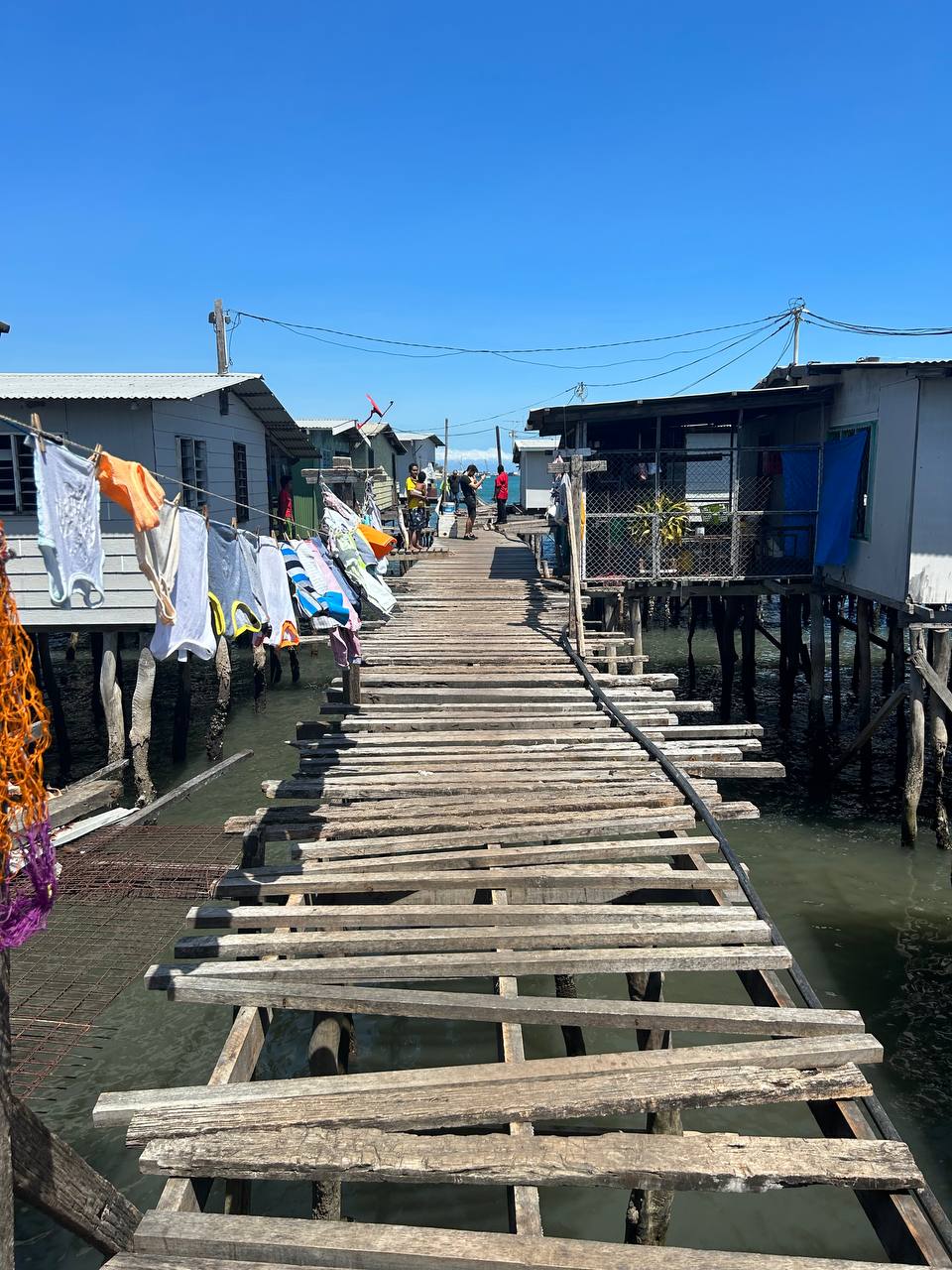Despite being a capital city there really is not all that much to do in Port Moresby, meaning that the Stilt Villages are somewhat of a highlight.
Why is there so little to do in Port Moresby? Sadly this is mostly down to the fact that Port Moresby, known as POM is just not all that safe.
What the stilt villages of Port Moresby?
Port Moresby, is a city of contrasts. Among its most fascinating features are the stilt villages, where communities live in homes perched above the water. These villages, nestled along the shoreline, offer a glimpse into a way of life that has persisted for generations, despite the city’s rapid urbanization.




The stilt houses, built primarily from wood and palm thatch, stand above the waters of the Gulf of Papua. The structures are a testament to the resourcefulness of the coastal communities, who’ve adapted to the tides and tropical climate. Walking through these villages, the streets are wooden planks and narrow bridges, giving you a sense of being in a floating world.
Life here is simple, yet vibrant. Fishermen haul in their daily catch, while children play along the walkways, their laughter filling the air. Despite the rustic charm, the stilt villages are not without challenges—rising sea levels and poor infrastructure have made life more precarious.
Yet, the stilt villages of Port Moresby remain a crucial part of the city’s cultural tapestry, a reminder of the region’s deep connection to the sea and its people’s resilience. A visit here is stepping back into a slower, more traditional way of life. Sadly it is also a stern reminder that PNG for all intents is still pretty muddied up.
What’s it like visiting the Stilt Villages of Port Moresby?
The most famous one to visit is Hanuabada which you will see lots written about and is very much done for tourists, usually of a higher end. This means that the walkways are safe, but that it has a Potemkin Village element t to it.





For us this means visiting some slightly more sketchy parts where we have a relationship. I will add on this point that we do pay for this privilege, have security and of course come in the day time.
And what you see here is almost what you would expect, actual real life and an abundance of friendliness. Papua New Guinea people are legitimately friendly and nothing says this more than when you are out and about in the villages.
Of course what is also evident here is just how much this is a city of contrasts with huge income disparity, particularly if you come here directly from the Lamana or Hilton Hotels.
We do not spend all that much time here, but it tends to go down well on all of our tours.

